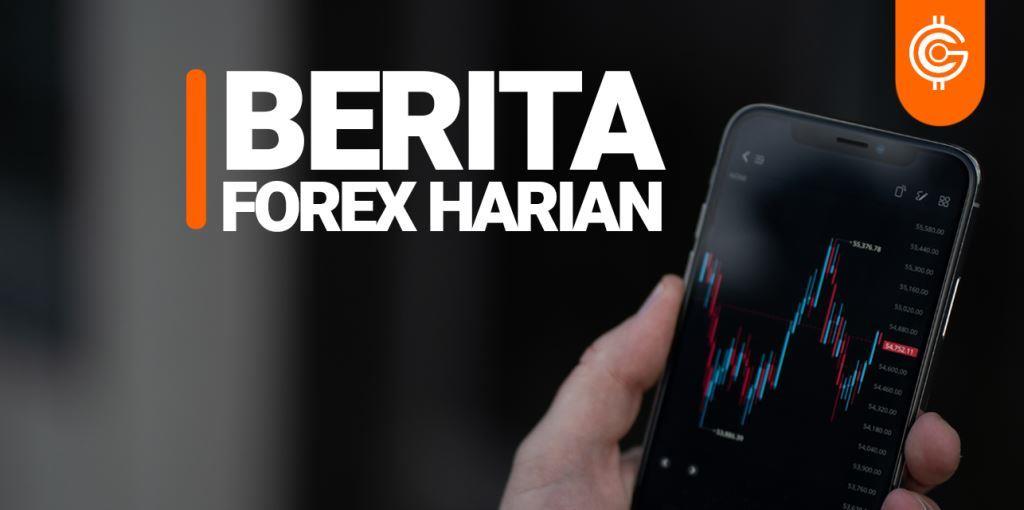Asian stocks were steady on Monday ahead of a week packed with major quarterly earnings announcements. The dollar, meanwhile, was at a three-week low in October as traders awaited earnings, leaving the currency at a precarious level. HSBC and Facebook will both release quarterly results on Monday, in Asian and late U.S. trading, respectively.
Next up for the week will be other benchmark heavyweights including tech giants Microsoft, Apple and Alphabet, as well as major financials from Europe and Asia from Deutsche Bank and Lloyds to China Construction Bank and Nomura. "Earnings this week are the focus," Chris Weston, head of research at Melbourne broker Pepperstone, said in a morning note.
The results will be closely watched after a strong start to the U.S. earnings season for many companies, especially financials, which helped the Dow Jones Industrial Average and S&P 500 hit record highs last week. Although the Nasdaq fell on Friday after Snap and Intel Corp. reported disappointing quarterly results. MSCI’s broadest index of Asia-Pacific shares outside Japan has also posted gains for the past three weeks, which if maintained this week would make October the benchmark’s best month of 2022.
On Monday morning, regional benchmarks were flat with a 0.5% gain in Australia offset by a 0.6% decline in Korea. Japan’s Nikkei lost 1% and U.S. S&P 500 futures fell 0.18%. Asian stocks, meanwhile, have largely lagged their U.S. and European peers in recent months, largely due to regulatory disruptions and concerns about slowing growth in China.
In the latest announcement to worry some investors, China's top parliamentary decision-making body said on Saturday it would launch a pilot real estate tax in some areas. Analysts at Citi summed up the announcement as "an earlier-than-expected trial. But later than the expected nationwide rollout. However, the trial is unlikely to have a catastrophic impact." However, a risk-friendly environment supporting equities has weighed on safe-haven currencies, as has rising energy prices that have supported currencies such as the Aussie and Canadian dollars.
The dollar index was last at 93.667, down near a low of 93.455 hit last week, which is well off a 12-month high in mid-October. However, analysts at CBA said it was more likely the dollar would rise than fall on the term. “The risks to the dollar remain skewed to the upside,” they wrote in a note, citing rising inflation expectations from markets, consumers and policymakers, meaning the market is pricing in a more aggressive rate hike program that would support the dollar.
Markets are still trying to position themselves for a widely expected U.S. stimulus program this year with a possible interest rate hike by the end of 2022. Federal Reserve Chairman Jerome Powell said Friday that the U.S. central bank should begin the process of reducing its support for the economy by reducing its asset purchases, but not before touching interest rates. As the tapering begins to take hold, benchmark U.S. yields have risen, with the 10-year Treasury note yield hitting a five-month high of 1.7064% last week.
Early in Asia, their latest reading was at 1.6465%. Oil prices remained elevated but just off recent multi-year peaks. Brent crude (LCOc1) rose 0.13% to $85.65 a barrel. U.S. crude rose 0.38% to $84.08 a barrel. Spot gold rose 0.06% to $1,793.4 an ounce after posting gains over the past two weeks amid rising inflation concerns.
For bitcoin, another asset often described as an inflation hedge, it was last at $61,080 after a volatile week when it hit a new high of $67,016. That's the explanation of the news "Asian Stocks Steady, Dollar Weakens Due to Traders" from GICTrade. Also read other news and articles about banking, economics and forex in the GIC Journal. Don't miss out on getting a GICT bonus by participating in Friday Blessings and a 100% deposit bonus.
Asian Stocks Steady, Dollar Weakens as Traders Weaken

Oleh Wachda Mihmii
Last updated at
07 Jan 2025 14:19
81
SEO writer who is experienced in various Indonesian national media. Aspiring to be a book or novel writer. Has experience as a Creative Director.
Related Articles
Most Reads
 Last:
Last: 






